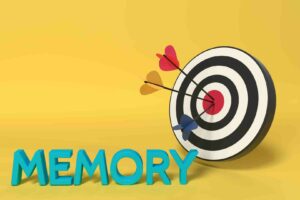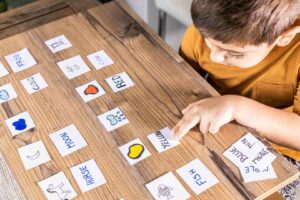Do you dream of becoming a memory champion? Do you want to learn poems and formulas in seconds? Then you urgently need to get acquainted with mnemonics – the secret weapon of geniuses! Mnemonics for memory development is an effective method that helps children and schoolchildren improve their abilities to memorize and reproduce information.
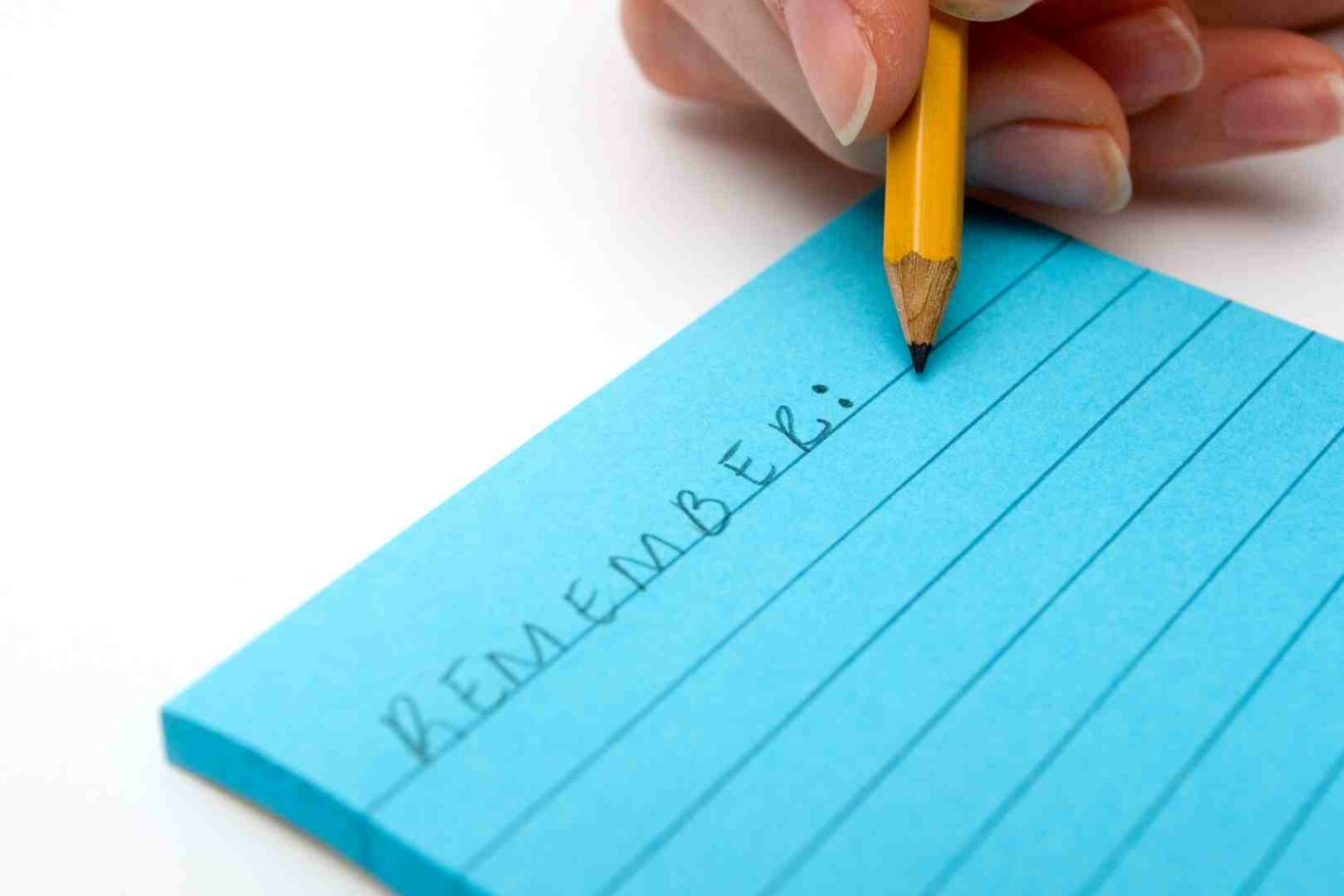
What is mnemonics?
Imagine that your brain is a supercomputer, and mnemonics is its secret code. With these codes, you can turn boring information into funny pictures, stories and associations that will forever remain in your memory.
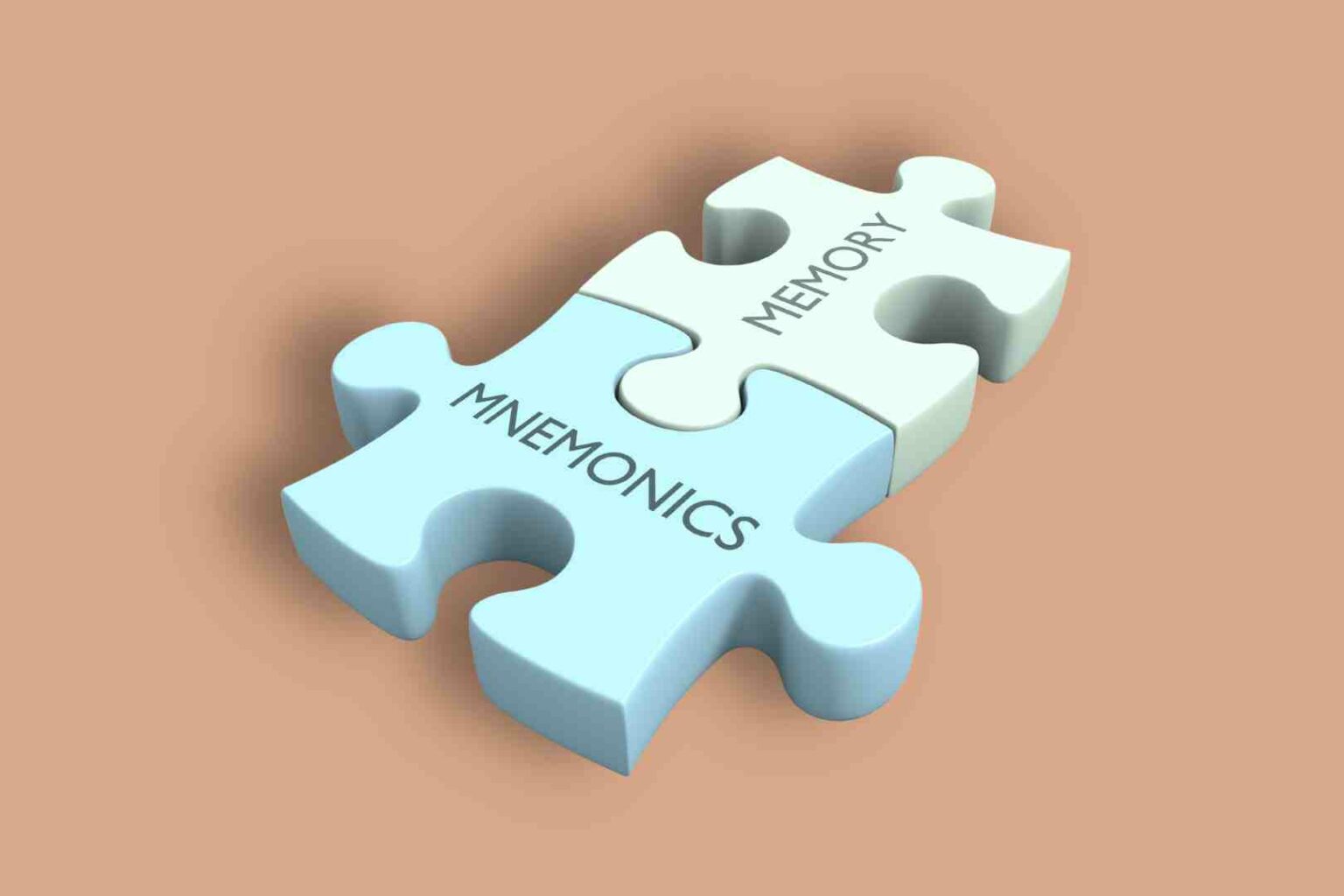
How does mnemonics work?
The secret is simple: we use the capabilities of the brain that are already familiar and interesting to it.
- Visualization: turning information into images.
- Associations: we associate new information with what we already know.
- Logic: we build chains of information.
- Emotions: we make memorization vivid and emotional.
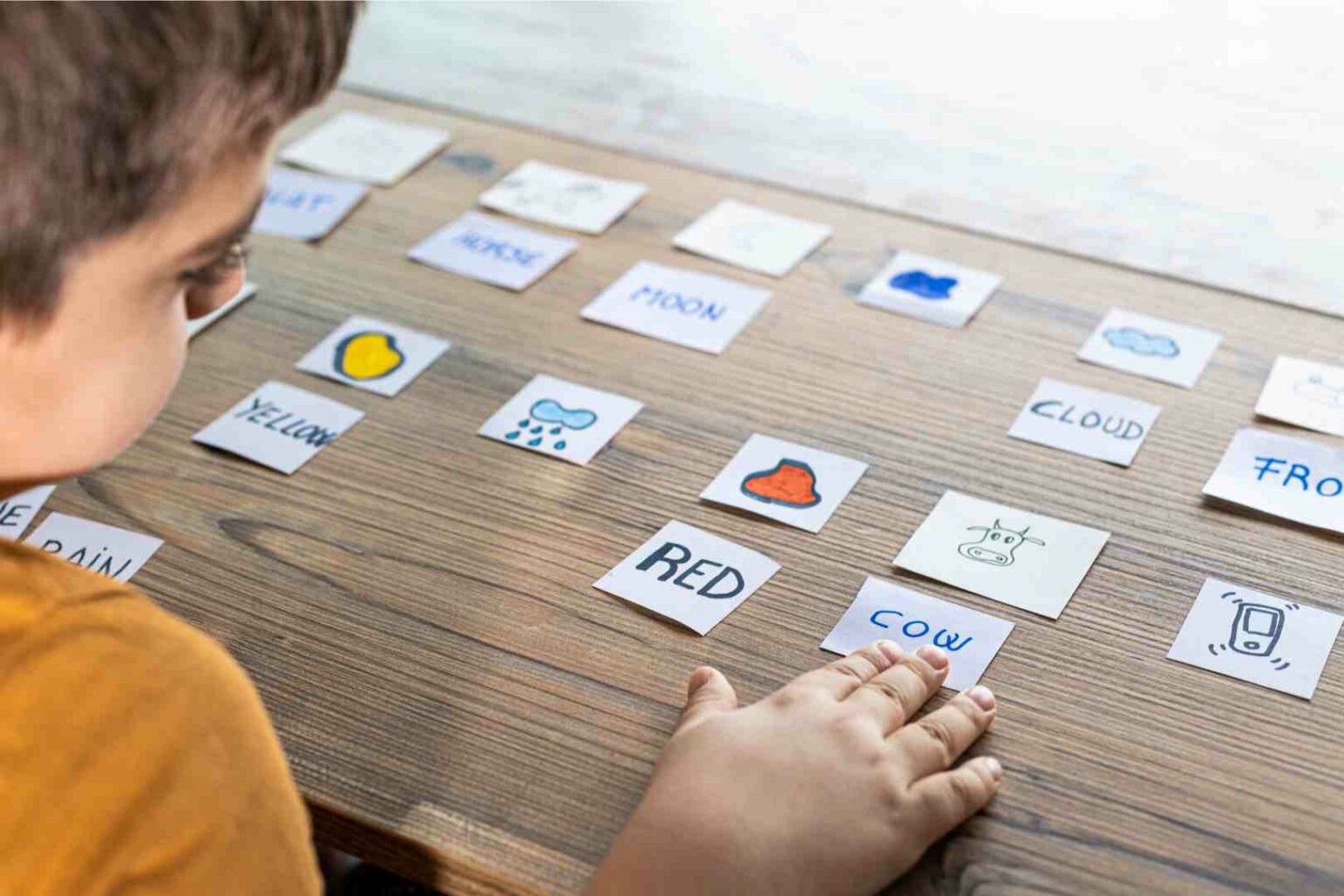
The main methods of mnemonics
The method of "hooks"
The method of “hooks” or “keywords” is to use well-known words or objects as “hooks” to remember new information. For example, to memorize words in a foreign language, you can associate them with similar-sounding words in your native language.
Example: The English word “cat” can be associated with the Russian word “cactus” (visually representing a cactus with cat ears).
Acronyms and acrostics
Acronyms are words made up of the first letters of other words. Acrostics are phrases where each word begins with the first letter of the memorized information. These methods are great for memorizing lists or sequences.
Example: To remember the color of the rainbow in English, the acronym “ROYGBIV” (Red, Orange, Yellow, Green, Blue, Indigo, Violet) is used.
The rhyme and Song method
Creating rhymes or songs is a great way to remember information, as rhymes and melodies are easy to remember. This method is especially useful for younger students.
Example: “Thirty days hath September, April, June, and November…” is a rhyme for remembering the number of days in months.
Visualization and drawing
Visualization is the creation of vivid and detailed pictures in the mind, presenting information in the form of images. Drawing these images also helps to strengthen memory.
Example: To remember historical events, you can draw a comic book or create a mental map with key moments and characters.
Location method (Cicero's method)
This method is based on visualizing a familiar place and placing elements of memorized information at different points in that place. This method is also known as the “Roman room method” or “palace technique”.
Example: To memorize parts of speech, you can imagine your bedroom and “put” nouns on the bed, verbs on the table, adjectives on the shelf, etc.
How will mnemonics help?
- Improve memory and concentration.
- Develop creativity and imagination.
- Prepare for exams and Olympiads.
- Become more confident in yourself.
- Make your studies interesting and exciting.
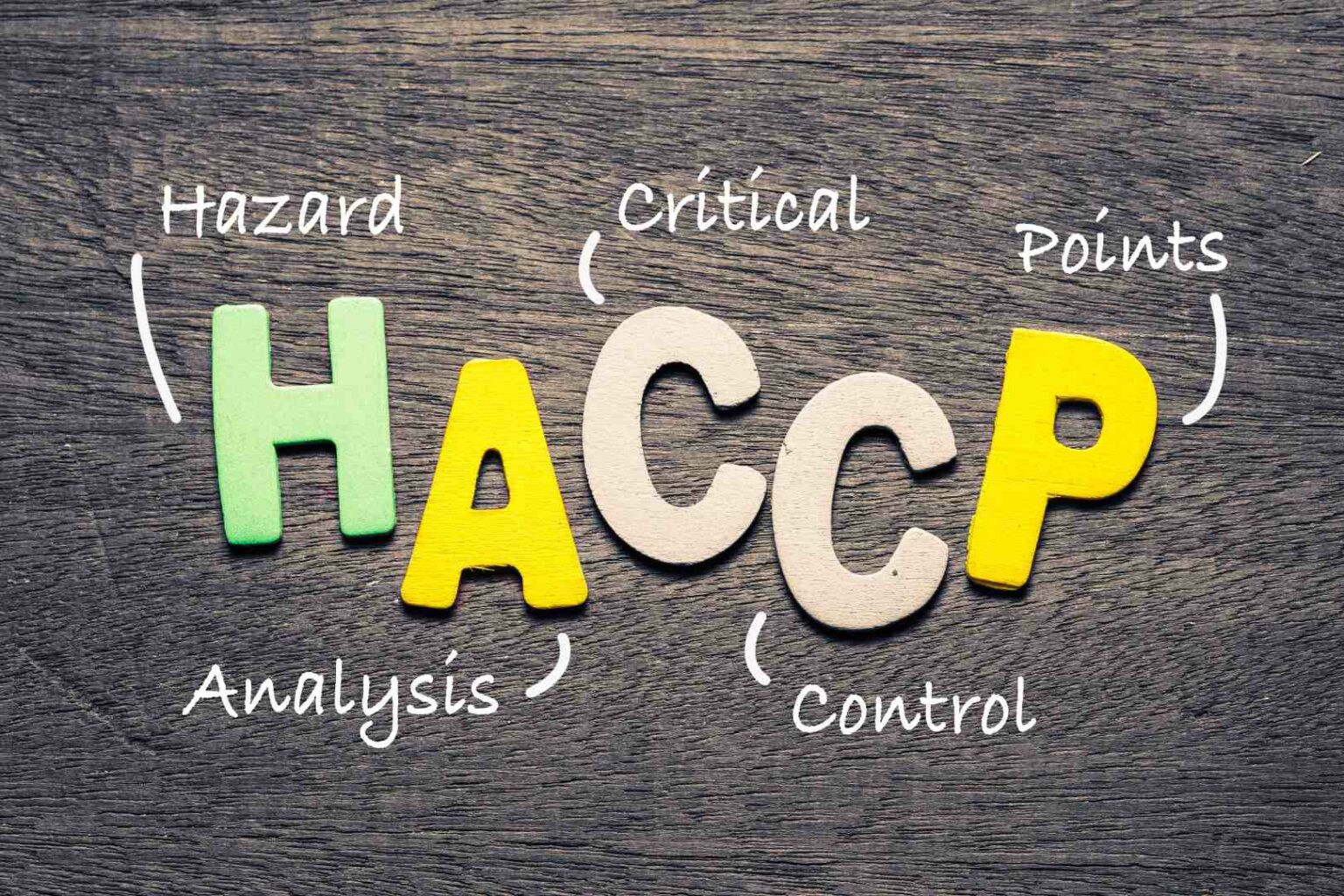
How to apply mnemonics in school subjects?
Learning foreign languages
Mnemonics are especially useful for memorizing vocabulary, grammatical rules, and phrases. Using pictures, associations, and games helps improve memorization and makes learning a language more fun.
History and geography
Remembering dates, events, and geographical features becomes easier through visualizations, creating stories, and using the location method. Maps with images and associations help to better understand and remember the material.
Mathematics and exact sciences
Mnemonic techniques help you memorize formulas, rules, and sequences of actions. For example, acronyms and rhymes can be used to memorize mathematical formulas and scientific terms.
Literature
Memorizing the plots, characters, and key points of books can be improved by creating mental maps and visual images. Turning text analysis into a game also helps strengthen memory.
Tips for effective use of mnemonics
-
Create vivid and unusual images: The brighter and more unusual the association, the easier it will be remembered. Don’t be afraid to be creative!
-
Repeat information regularly: Repetition is the key to long – term memorization. Return to the associations you have created regularly to strengthen your memory.
-
Use a variety of methods: Combining different mnemonic techniques makes the learning process more fun and effective.
-
Practice creating your own techniques: Let the child create his own mnemonic techniques. This develops creativity and strengthens the understanding of the material.
-
Apply the methods in practice: The more the child uses mnemonic techniques in real life, the better he will master and consolidate them.
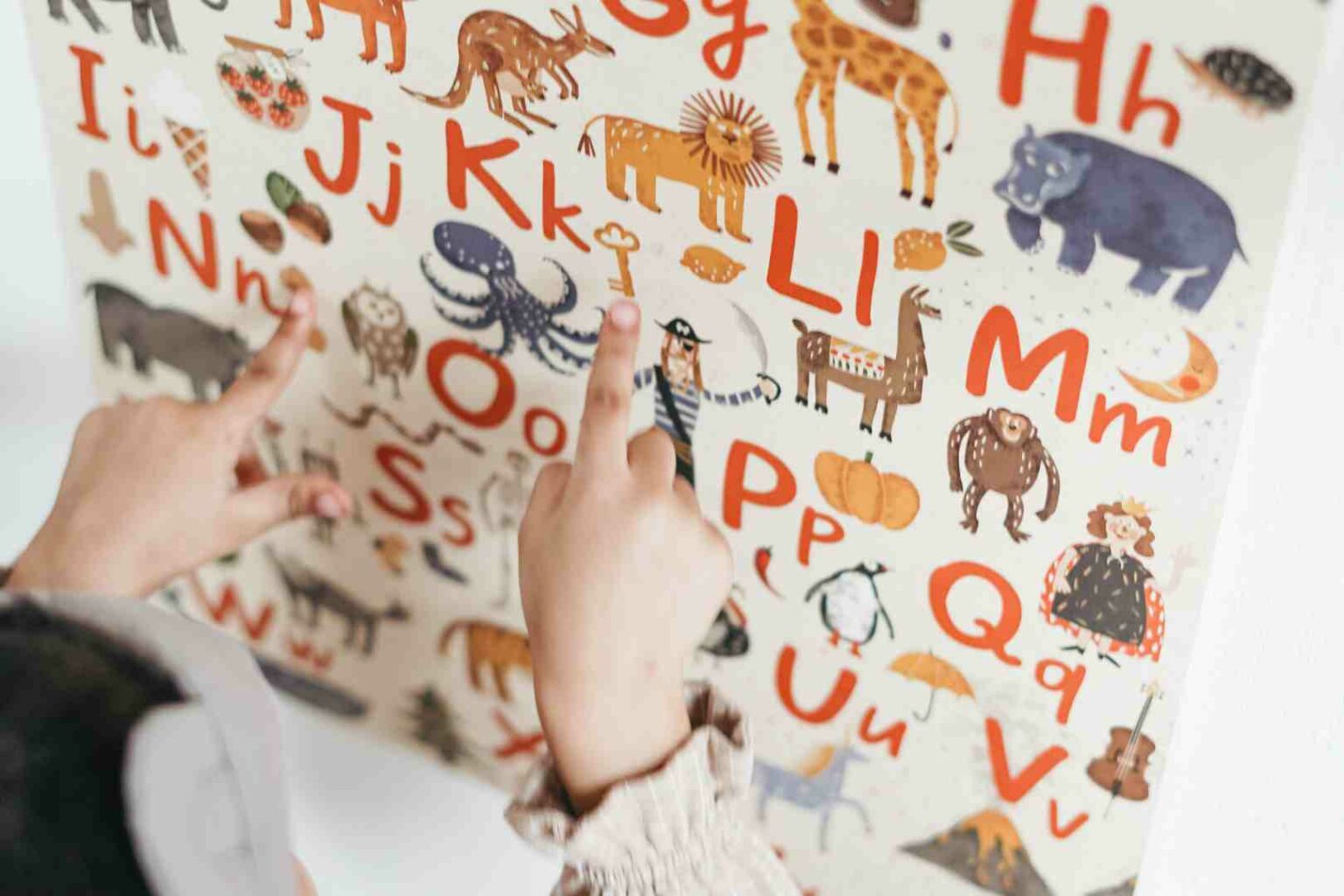
Conclusion
Mnemonics is a powerful tool for improving memory in children. These methods make the learning process more interesting, exciting and effective. By applying mnemonic techniques, students can significantly improve their academic achievements and develop self-confidence.
At Oxbridge International School, we strive to implement advanced teaching methods, including mnemonics, to help our students achieve high results. We offer innovative educational programs and an individual approach to each student.
For more information, please call +998 (71) 263-00-15 or visit our Oxbridge International School website. You can also read more interesting articles on our blog.
